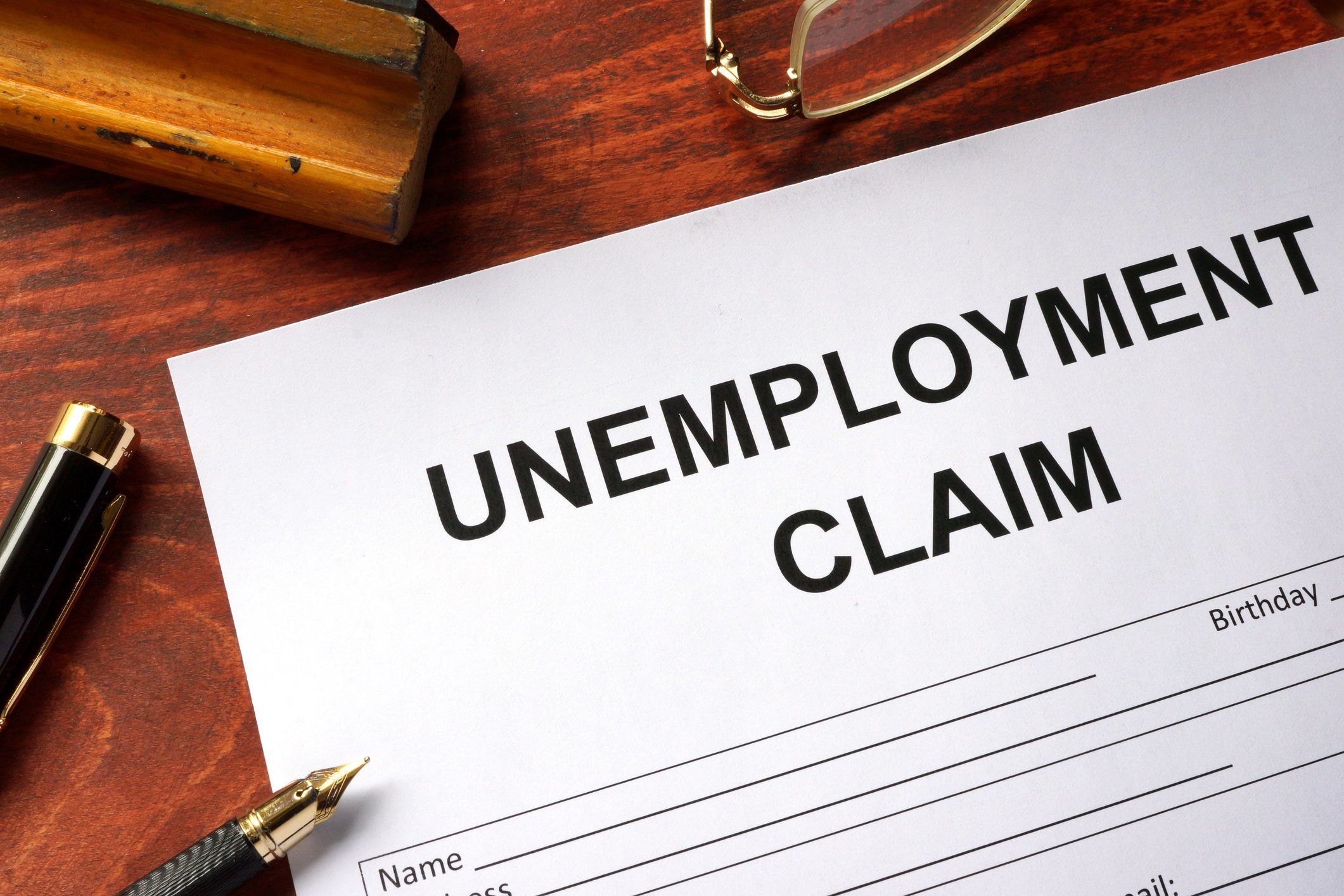Coronavirus stimulus payments have started going out via direct deposit and mail. These payments, valued at up to $1,200 per adult and $500 per child under 17, could be an important lifeline during the great lockdown when economic activity is disrupted.
Unfortunately, if the IRS has outdated information for you, they may not be able to easily deliver your stimulus check. If that's the case, it's important to act quickly to give the IRS your current details before your money ends up sent to the wrong place.

Image source: Getty Images.
How will the IRS figure out where to find you?
If you filed your 2019 taxes already and provided the IRS with direct deposit information for a refund, they'll send your stimulus check to the bank account on file. If you didn't, they'll mail your check to the address on your 2019 return (this could take up to 20 weeks).
If you haven't yet filed your 2019 returns but you filed in 2018, the IRS will get your address or your direct deposit details if you provided them for a refund.
And if you didn't file in either 2018 or 2019 but you received Social Security benefits, veterans benefits, or railroad retirement benefits, the IRS can obtain your bank account info or address based on where these payments are sent.
Non-filers also have the option to use a simple online form to show they're eligible for a check and tell the IRS where to send the money.
You could have a problem if the IRS has incorrect information on file
Unfortunately for some taxpayers, their bank account or address has changed since filing their most recent tax return. And if the IRS has old information on file, coronavirus stimulus payments will go to the wrong place -- and there's no easy way to fix that.
The IRS tool that allows you to input your information to get a stimulus payment will not allow you to update your bank details if you already have a direct deposit account on file. You can't update your address using this form either. Changes to this information aren't allowed because of fraud concerns.
Unfortunately, that means if you want the IRS to send your check to a different bank account or address, your only option is to submit a 2019 tax return (if you haven't yet) with your current details. And this will work only if the IRS hasn't already processed your payment or sent it out.
You could also have an issue if you used a tax preparation service
Some taxpayers have also found their checks have been incorrectly deposited because they used a tax preparation service.
These services sometimes have the IRS send refunds to their own bank accounts. They may do this so they can withdraw tax-prep fees before distributing funds to taxpayers who are owed money. It's also common when they're making refund anticipation loans or transfers that allow taxpayers to get their refunds on a debit card. The service advances the money, then keeps the refund when the IRS deposits it.
Whatever the reason, if the tax prep service had their own direct deposit account on file with the IRS when they submitted your 2018 or 2019 return for you, your stimulus payment could be sent there.
What if your payment is going to the wrong place?
If the IRS processed your payment and sent out your money to an old bank account or old address, it will take some time to correct the problem.
If the money was deposited in a closed bank account -- either your own or an account belonging to a tax prep service -- it will be returned and the IRS will instead send a paper check.
If the money was deposited into an open account, you'll have to track it down. This many require a phone call to your bank to gain access. And if the account belonged to a tax prep service, the service should notify the IRS and return the funds so the agency can send a paper check.
These paper checks could take up to 20 weeks to come, so you may be waiting a long time. But you should receive the money eventually if the IRS has your correct address on file.
If the IRS has an old physical address, on the other hand, you'll want to make sure USPS has forwarding information for you, or the agency may have no way to get in touch to send money at all.
The IRS has also indicated it will be sending out follow-up letters within 15 days of distributing stimulus payments. These will provide instructions on what to do if there is a problem. If this letter is successfully delivered to you but your payment wasn't, follow the instructions on it to let the IRS know, so they can get you the money you're entitled to receive.





